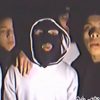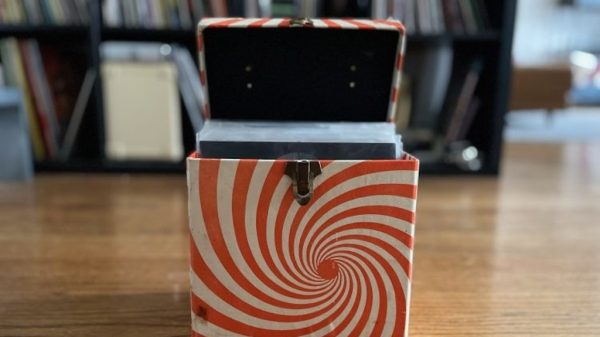On a Wednesday afternoon in November 1970, social workers at the Los Angeles County Welfare Offices sat at their desks processing mountains of paperwork, answering phones, making small talk over coffee. Suddenly the office door flung open, disturbing the humdrum ambiance of office noises and leading to an uncomfortable silence. A woman, Dorothy Irene Wiley, had suffered cataracts in both eyes for several years and as a result, stumbled blindly into the wrong office. In one hand, a walking stick to guide her through the city. In the other, she held the hand of her 13-year-old daughter, Susan.
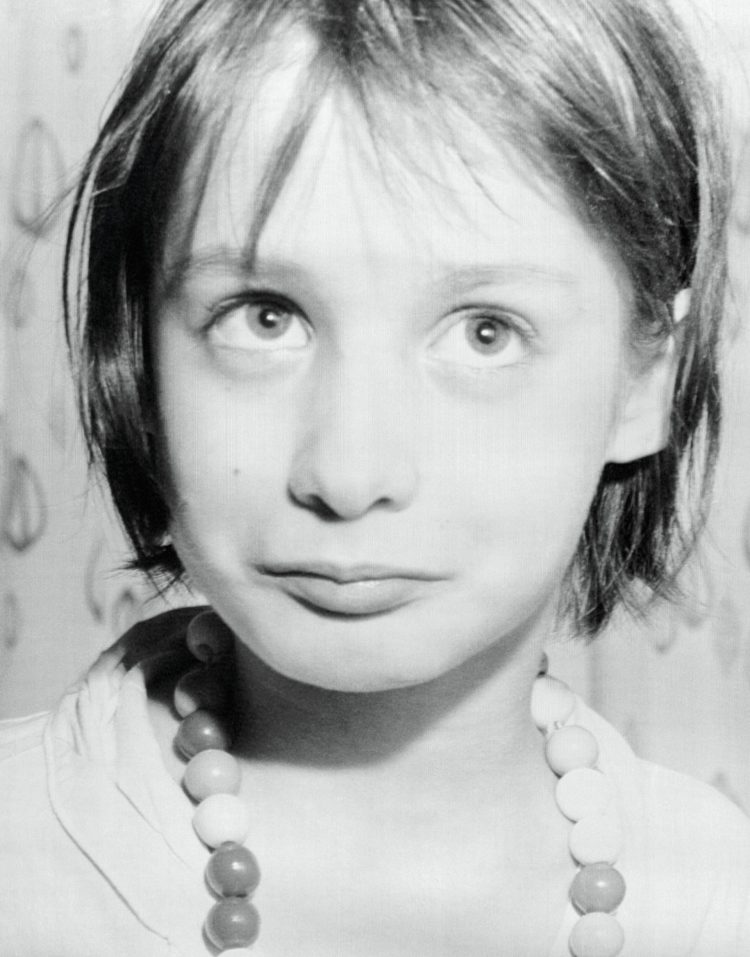
Dorothy approached a desk and inquired about applying for a disability pension. The social worker didn’t listen, instead fixated on the small girl. She resembled a little white rabbit – frail, small, with a strange hop to her step, pale, her arms and hands curled up into her chest and a timid look in her eye. The social worker attempted to speak to Susan but she was mute. An emergency home search was conducted on the Wiley household which resulted in one of the most disturbing and compelling child abuse cases the medical world has ever known. Susan was quickly taken by child services to the Los Angeles Children’s Hospital. The team that took on her case would later rename Susan as Genie – the mythical creature that is trapped in a lamp and freed after human stimulation breaks the curse. A title that would perfectly encapsulate what her life was to become. Genie became a scientific and medical marvel and would become one of the leading testaments in medical history on the unimaginable consequences of child abuse. She also became a testament to what happens when medical and social services fail a victim of abuse.

Earlier that same day, Genie’s dad, Clark Wiley, had left home to get groceries. That’s when Dorothy, after years of abuse at the hands of her husband, decided to make a run for it. She grabbed Genie and made her way to the welfare offices to try and get money for their new life. When the home search was conducted later, what they revealed would permanently scar those involved in Genie’s rescue. Genie had been kept in isolation in a small, dark bedroom all 13 years of her life. Never socialized, never educated, and never given warmth or human stimulation. She was engulfed in sensory, cognitive and emotional deprivation.

Her father would keep her in a makeshift straitjacket chained to a potty chair during the day, and at night would similarly chain her inside of a baby crib with chicken wire surrounding the top and sides. She was left in soiled diapers for days at a time. Her father would bark at her like a dog if she made noise and often hit her with a piece of wood. Perhaps one of the most frightening side effects of Genie’s abuse – she was incapable of crying.
Clark was swiftly arrested on charges of child abuse. Genie was taken to the children’s hospital and by time she was receiving a clean diaper and a physical exam, word about the mysterious feral child had spread. Not long after, scientists, linguists, doctors and experts from around the country were vying for access to her. There, she became the subject of Susan Curtiss, a UCLA linguistics professor. Susan became close friends with Genie, helping her expand her previously nonexistent vocabulary, helping her grow her cherished plastic bucket collection, but most importantly showing Genie friendship and love.
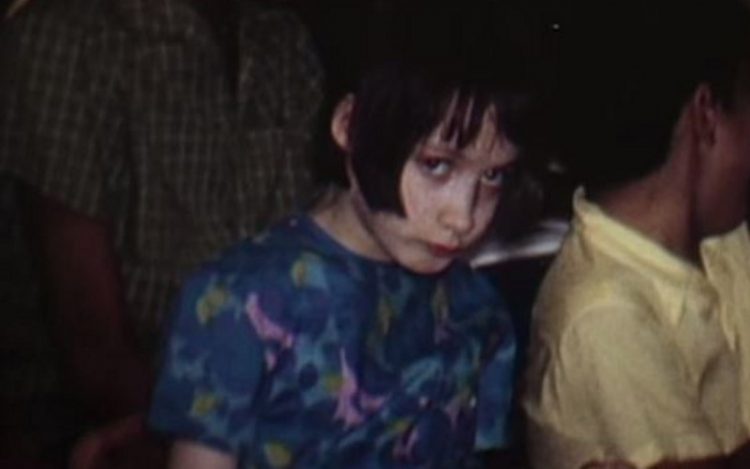
As scientists and doctors scratched their heads and chipped away at Genie’s brain, social workers and the LAPD began chipping away at the mastermind behind her abuse. An investigation into her father, Clark, revealed a sordid and dark past wrought with previous instances of child abuse and neglect. Clark Wiley was born Pearl Wiley in 1901 the Oregan. His mother, allegedly a prostitute, neglected Clark and he eventually went to live with his grandmother. When he was 6, he witnessed his grandmother’s death after she was hit by an out-of-control pickup truck. He went to live with his father, who blamed him for the death of his grandmother. He married Dorothy Irene, Genie’s mother, and the two bore 4 children together. The first child, a girl, died as a baby after Clark and Dorothy left her alone in a cold garage for several days. Clark said it was because he hated noise and hated the sound of the baby’s crying. The second child, a boy named Robert, died a few days after birth under suspicious circumstances. Their third child, a boy named John Gray, born 5 years before Genie, also suffered abuse at the hands of Clark.
Just after Genie’s birth, Clark’s mother was killed by a drunk driver which sent him into a rage. Dorothy described him at that time as, “a paranoid violent psychopath”. The abuse intensified towards Dorothy and both children, but particularly Genie. On the first day of Clark’s trial, he shot himself in the head and left a note at his feet that read: “The world will never understand”.
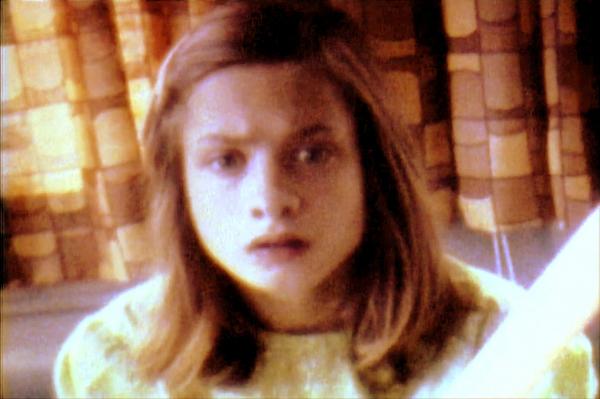
Under the care of her medical and rehabilitation team, Genie began to make significant progress. She had a growing list of words under her belt and could communicate through basic sign language. The part of her brain that could process words into language with grammar and other linguistic structure had never been stimulated, and thus she was condemned to a very infantilized communication system. She could not previously chew and swallow solid food and would instead hold the mush her parents fed her in her mouth until saliva broke it down. The atrophy in her leg muscles had dissipated as she began learning to run and jump. At 14, she had the physical development of a 7-year-old. Many parts of her brain had not developed nor would they ever be able to. Genie also went through a string of failed foster homes with families who felt overwhelmed by the task of caring for her. Genie was prone to fits of self-harm and public masturbation. She still had to wear diapers and would often involuntarily release bodily fluids when stressed or upset. She would spit and howl. Susan, the UCLA linguist that had become so dear to Genie, became her legal guardian for roughly a year until a competing researcher convinced a judge to give legal guardianship back to Dorothy in an effort to gain more access to Genie while restricting others. Dorothy, blind and overwhelmed with the task of caring for Genie, gave her up again to the social services office and Genie went on to live in a series of state-run institutions. A war wagered on between scientists and doctors all engulfed in a campaign for control over Genie, accusing each other of exploitation.
Genie’s significant progress regressed dramatically during this time. The state offices along with one of her previous rehabilitation doctors (who ultimately got her placed with Dorothy again), enforced strict rules and forbid anyone, including Susan, from having any contact with Genie or knowing her whereabouts. Those who had taken on such an emotional and professional investment in Genie and her progress were suddenly cut off. Jay Shurley, a professor of psychiatry and behavioral science who attended Genie’s 29th birthday party said: “She was miserable, stooped and seldom made eye contact. Her large eyes were poorly focused on her cake as everyone sang to her. It was heart rendering”.
Today, Genie is alive, having just celebrated her 60th birthday in a state-run adult care facility somewhere in Los Angeles.








